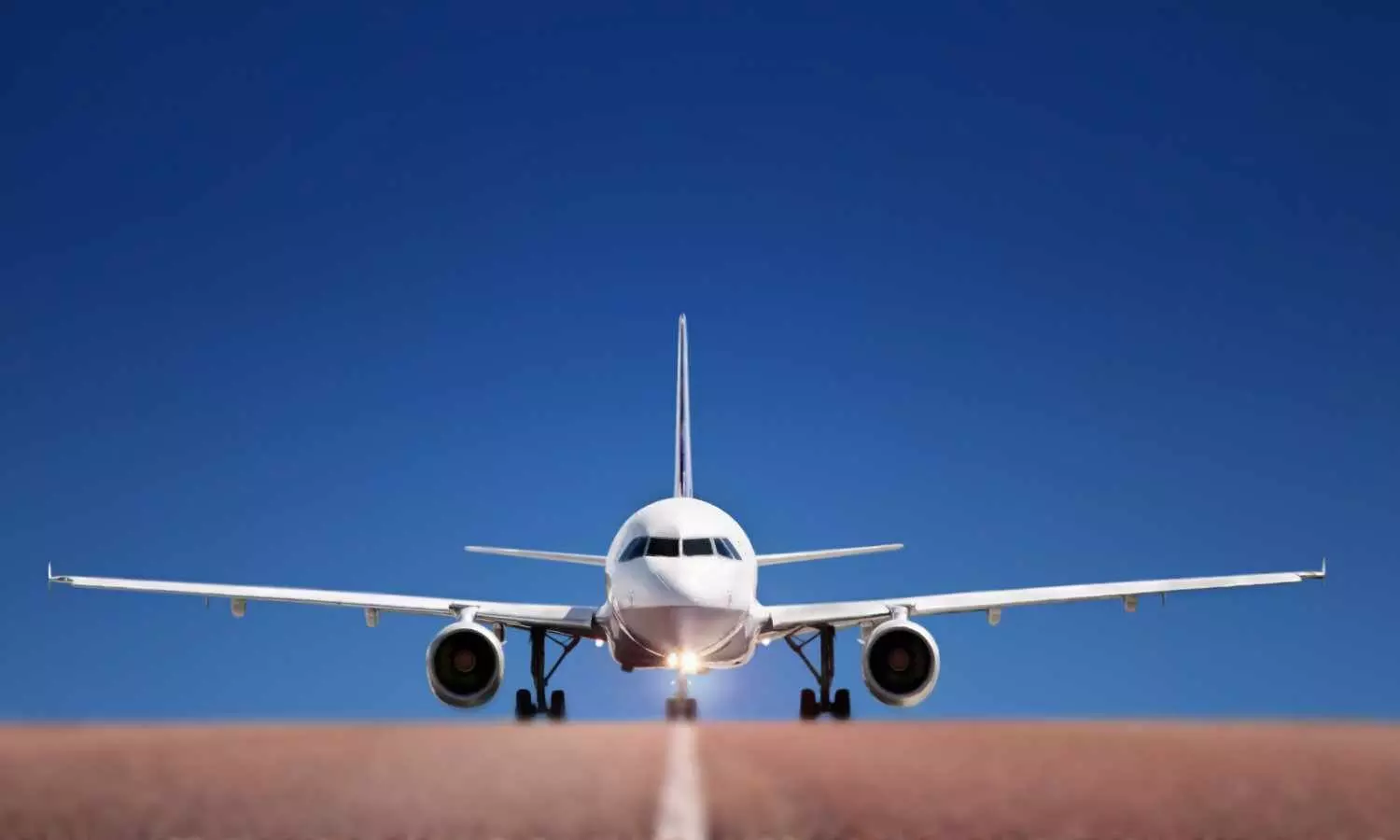Air passenger demand forecast and impact of commercial aircraft industry
Air passenger demand is set to surge globally, driving major growth, innovation, and investment in the commercial aircraft industry over the coming decade.
Air passenger demand forecast and impact of commercial aircraft industry

Today, the aviation industry is undergoing a period of transformation with significant shifts in air passenger demand driven by geographic and demographic changes. From emerging market booms to demographic shifts in established regions, these dynamics are reshaping air travel.
The future of air travel demand shows several locations for growth emerging in some regions while others plateau or decline. Here’s a regional breakdown of trends we see emerging at a macro geographic level.
Asia-Pacific is ready to dominate global passenger growth, with a compound annual growth rate (CAGR) of 5.1% through 2043. Countries like India, Indonesia, and Vietnam are leading the charge, with India expected to see a staggering 6.4% annual increase.
Economic growth, urbanization, and a growing middle class are key drivers for this change. China, already a major player in terms of air travel demand, will see substantial growth, though its aging population may temper this slightly.
Africa’s air travel market will expand rapidly, with a projected CAGR of 4.2%. Nigeria and Ethiopia are standout performers, driven by significant population growth and improving economic conditions.
By 2043, Africa will account for a significant share of new global travelers, highlighting its potential as a future aviation powerhouse.
North America and Europe will see slower growth compared to emerging markets, with CAGRs of 3.0% and 2.5%, respectively. The U.S. remains a major player, with a net passenger increase of 3.1% annually. However, mature markets will focus more on enhancing infrastructure and sustainable travel rather than sheer volume growth.
Latin America will grow at a moderate 3.3%, supported by economic recovery and increasing tourism.
The Middle East, with a growth rate of 4.1%, will benefit from its role as a global hub, with nations like the UAE leveraging their strategic geographic position to capture long-haul traffic.
Tourism supported by aviation adds USD 27.1 billion to GDP and employs 5.0 million people. International tourists traveling to India are estimated to contribute USD 29.4 billion annually to the economy through the purchase of goods and services from local businesses. Overall, the travel and tourism sector (via all modes of travel) accounted for 6.5% of the nation’s GDP and 8.9% of total employment in 2023.
Airbus' latest Global Market Forecast (GMF) for the 2025-2044 period provides a comprehensive outlook for the evolution of air transportation. Following a robust recovery, the aviation sector is poised for sustained growth driven by societal and economic drivers. This forecast projects significant increase in passenger demand, particularly in Asia and the Middle East, coupled with a transformation towards a more sustainable and efficient global aviation system.
Over the next 20 years, we anticipate a global demand for 43,420 new passenger and freighter aircraft. This will not only cater to growth but also drive the crucial replacement of older, less fuel-efficient fleets.
Emerging markets with younger populations, such as those in Africa and South Asia, are poised to see the largest increases in air travel demand. For example, Nigeria is projected to add 115 million potential flyers by 2043, with the growing and youthful population playing a part in this growth. These regions are expected to be the primary drivers of global air traffic expansion, supported by rising incomes and increased access to air travel.
Globally, younger generations, particularly Millennials and Gen Z, will continue to prioritize travel as an integral part of their lifestyles. This enduring preference, combined with greater access to affordable air travel, will underpin long-term demand. Even in regions with aging populations, economic performance remains the most significant driver of air traffic growth, ensuring the industry’s resilience despite demographic challenges.
Despite short term uncertainties, in the long-term, passenger traffic will grow by 3.6% annually, driven by global GDP (+2.5%), urban populations (+1.2 billion) and an increase of 1.5 billion in the global middle class who represent the demographic most likely to fly. This growth requires a need for around 43,400 new passenger and freighter aircraft deliveries over the next 20 years. Some 34,250 will be typically single aisle and 9,170 will be typically widebodies. Around 44% of these new deliveries (18,930) will replace less fuel efficient previous generation models.
Airbus has delivered 585 aircraft toward its 2025 target of 820, requiring an average of 117 deliveries per month over the remaining two months to meet its goal. Boeing has delivered 493 aircraft so far this year and, based on Forecast International’s projection of 590 total deliveries in 2025, will need to average just under 49 per month through year-end.

